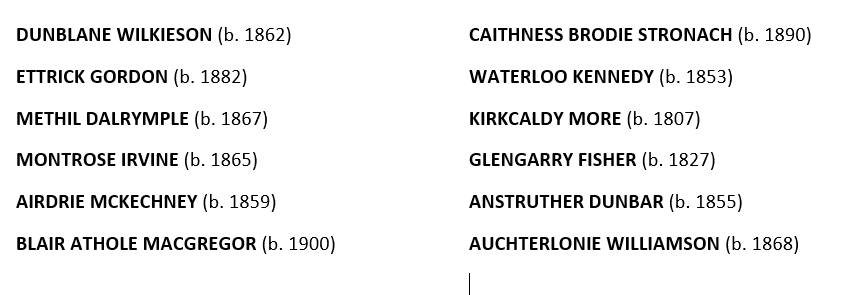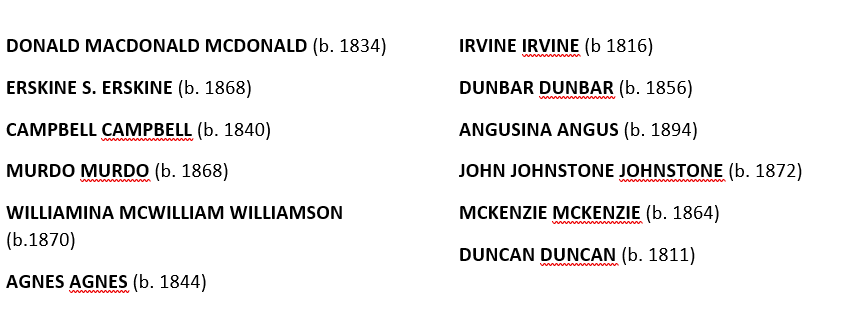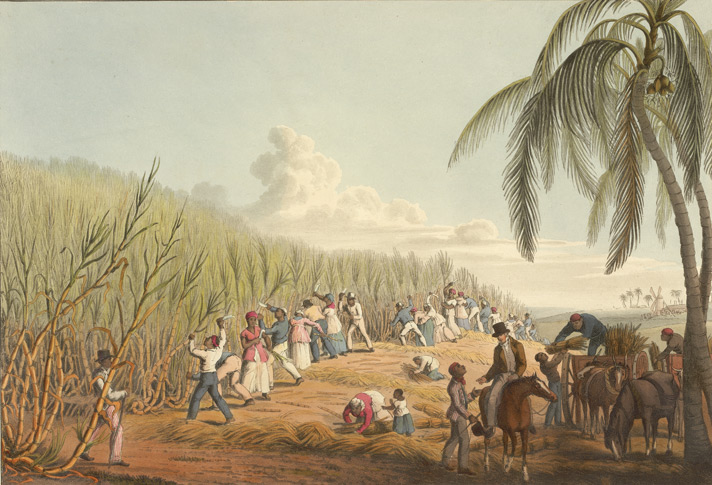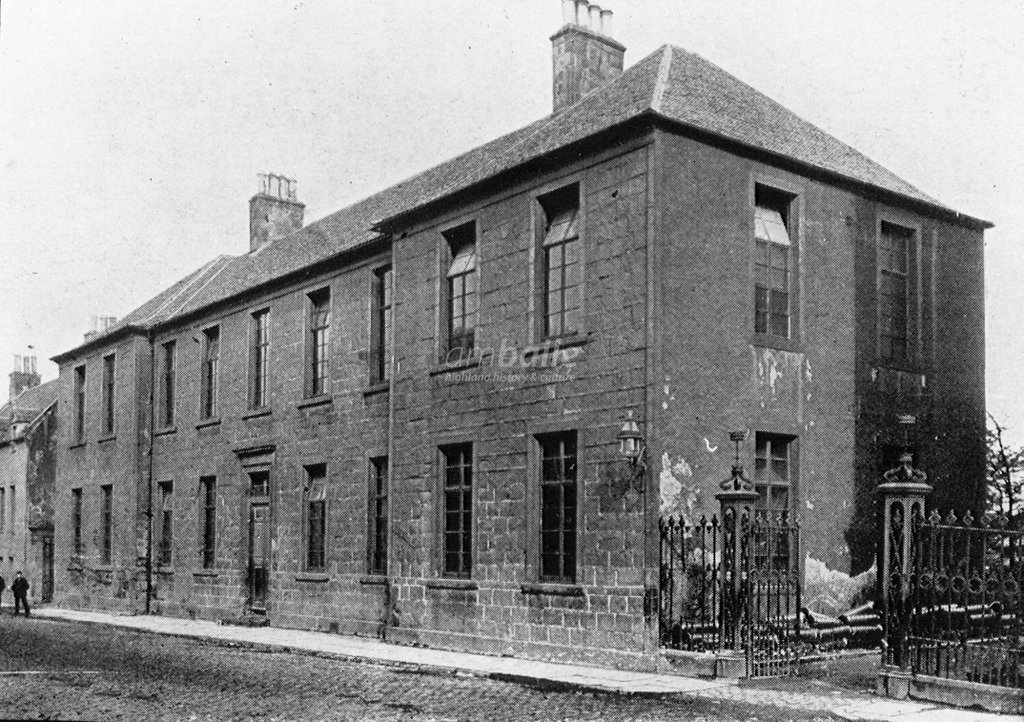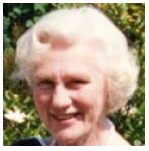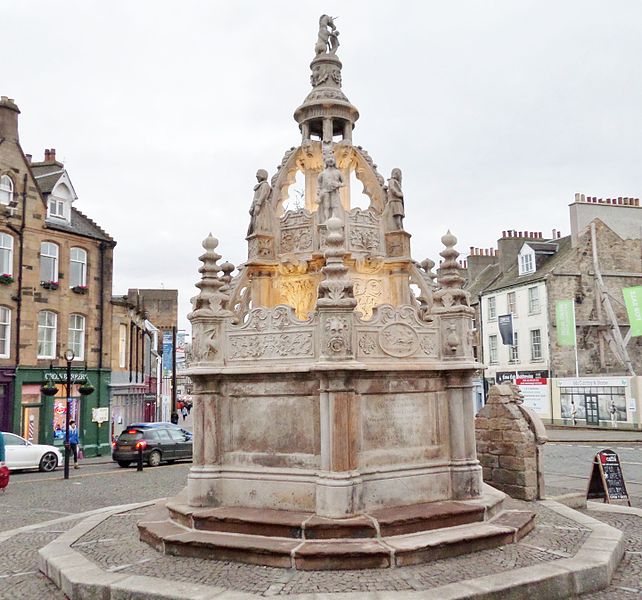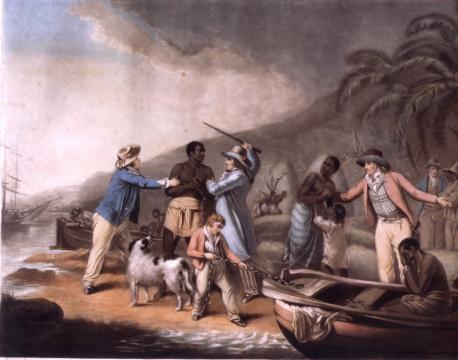
🔍🏴Writing a novel set in Victorian Scotland? 🏴🔍
👶Need some baby name ideas?👶
Follow these simple rules for to get those quintessential genuine Scottish names.
#OldWeirdScotland
👶Need some baby name ideas?👶
Follow these simple rules for to get those quintessential genuine Scottish names.
#OldWeirdScotland
Honourable mentions too for:
FANNA SHORTBREAD (b.1859)
MURDER MACKENZIE (b. 1865)
SHART CLARK (b.1887)
NEPTUNE BLOOD (b.1825)
BOGLEMARY ROBERTSON (b.1783)
FANNA SHORTBREAD (b.1859)
MURDER MACKENZIE (b. 1865)
SHART CLARK (b.1887)
NEPTUNE BLOOD (b.1825)
BOGLEMARY ROBERTSON (b.1783)
• • •
Missing some Tweet in this thread? You can try to
force a refresh


